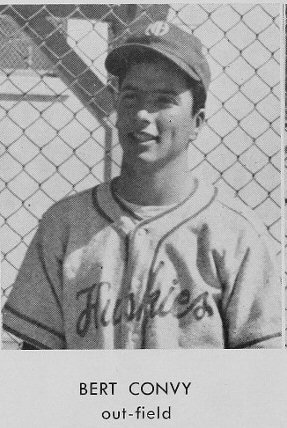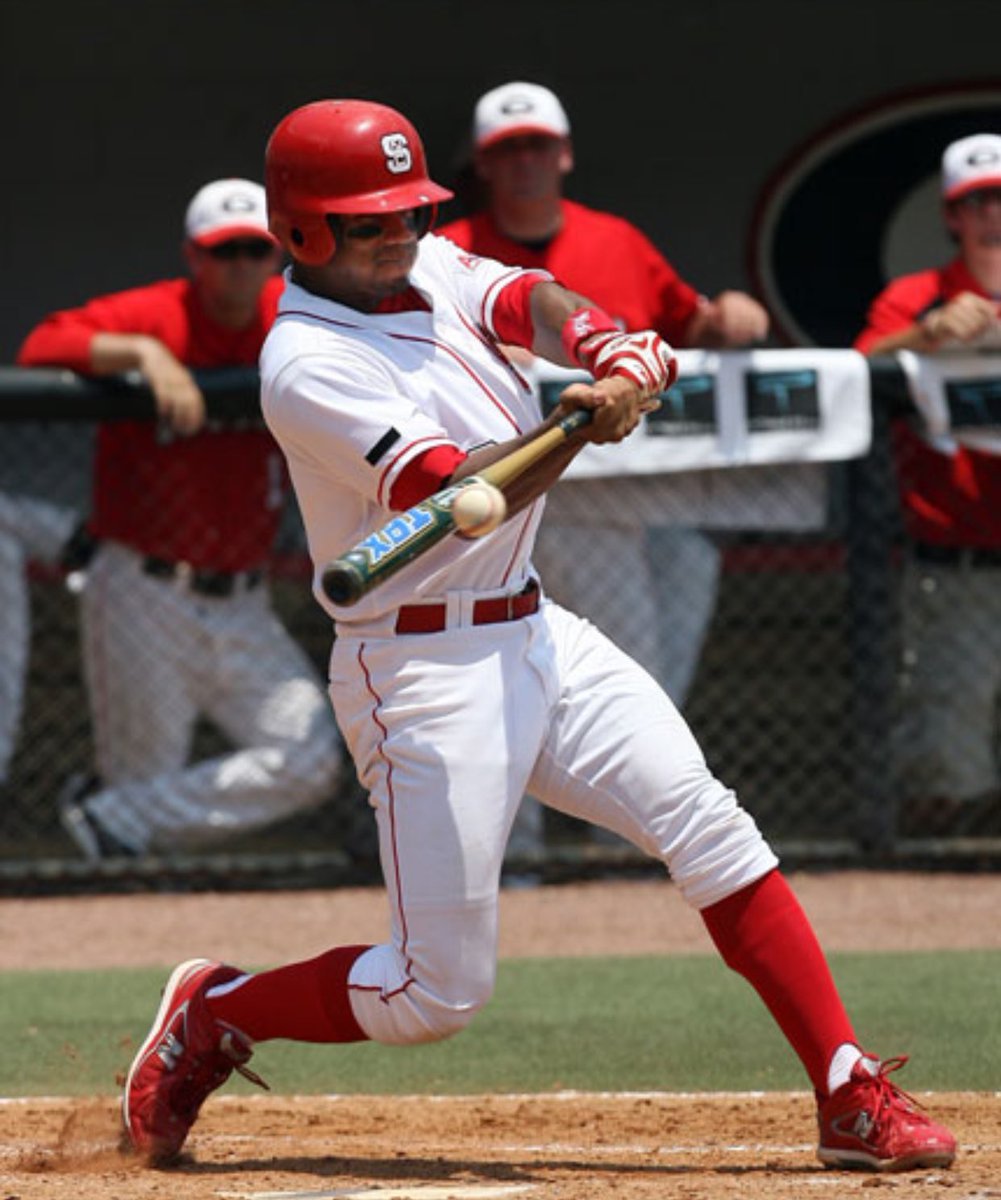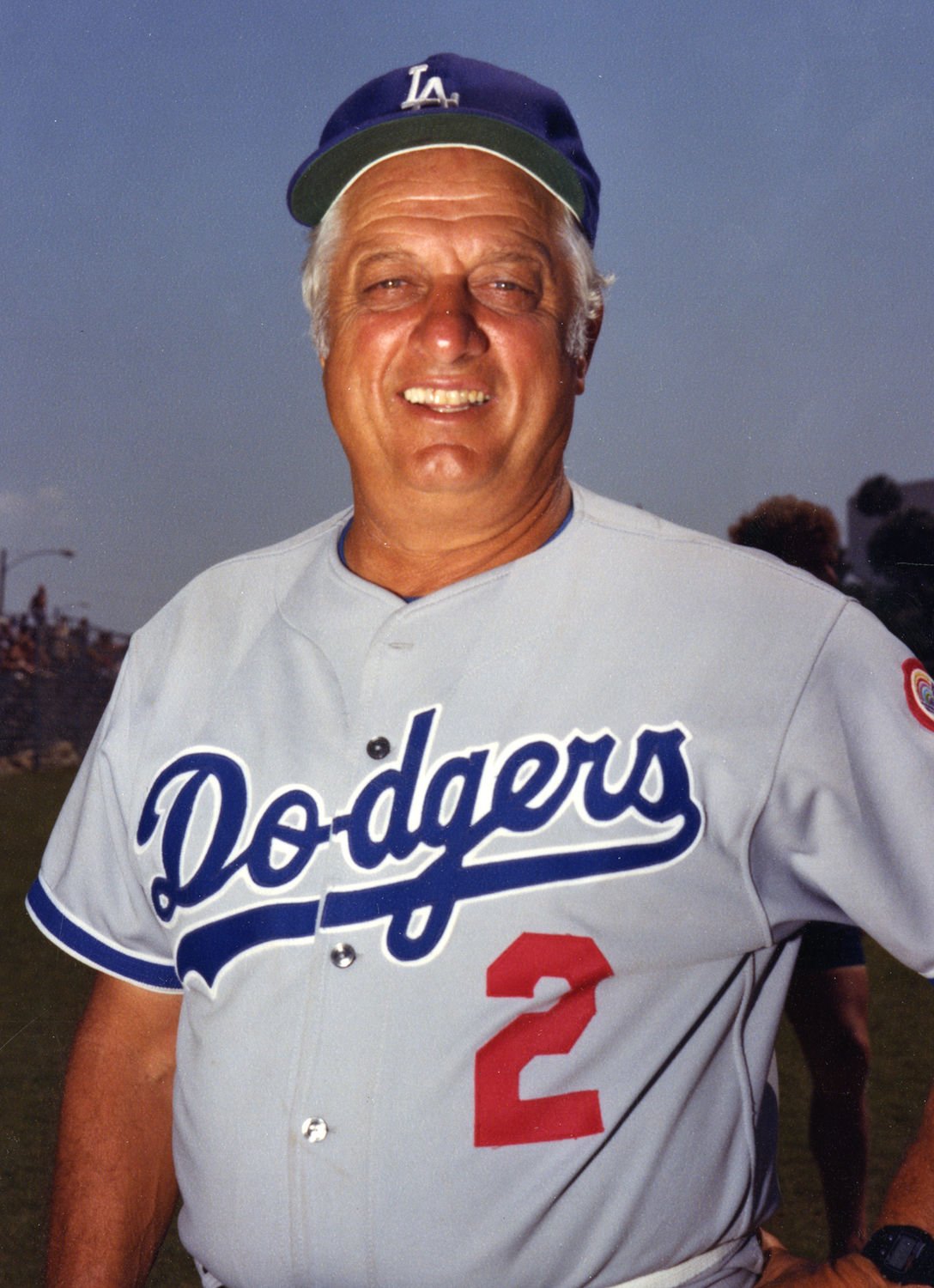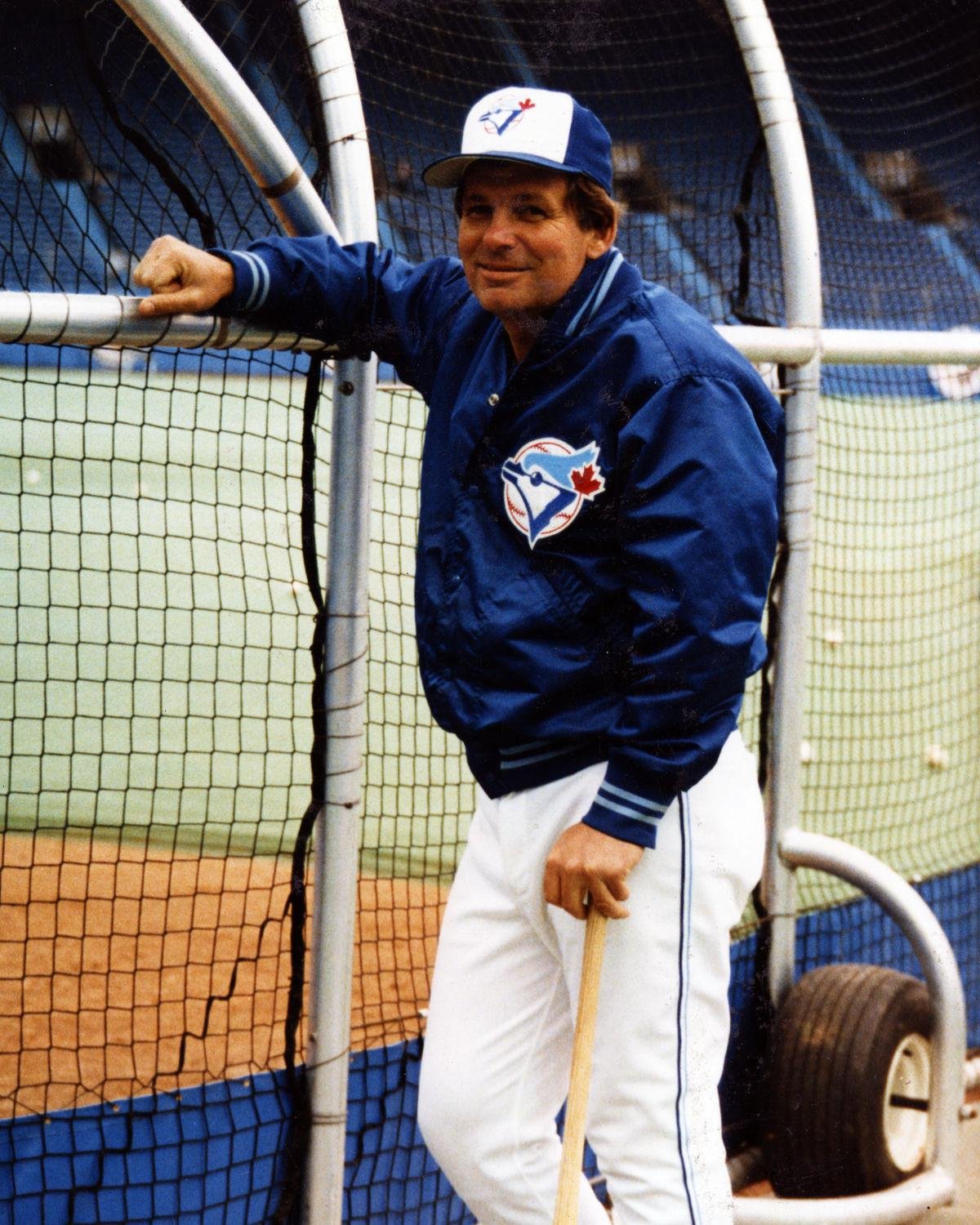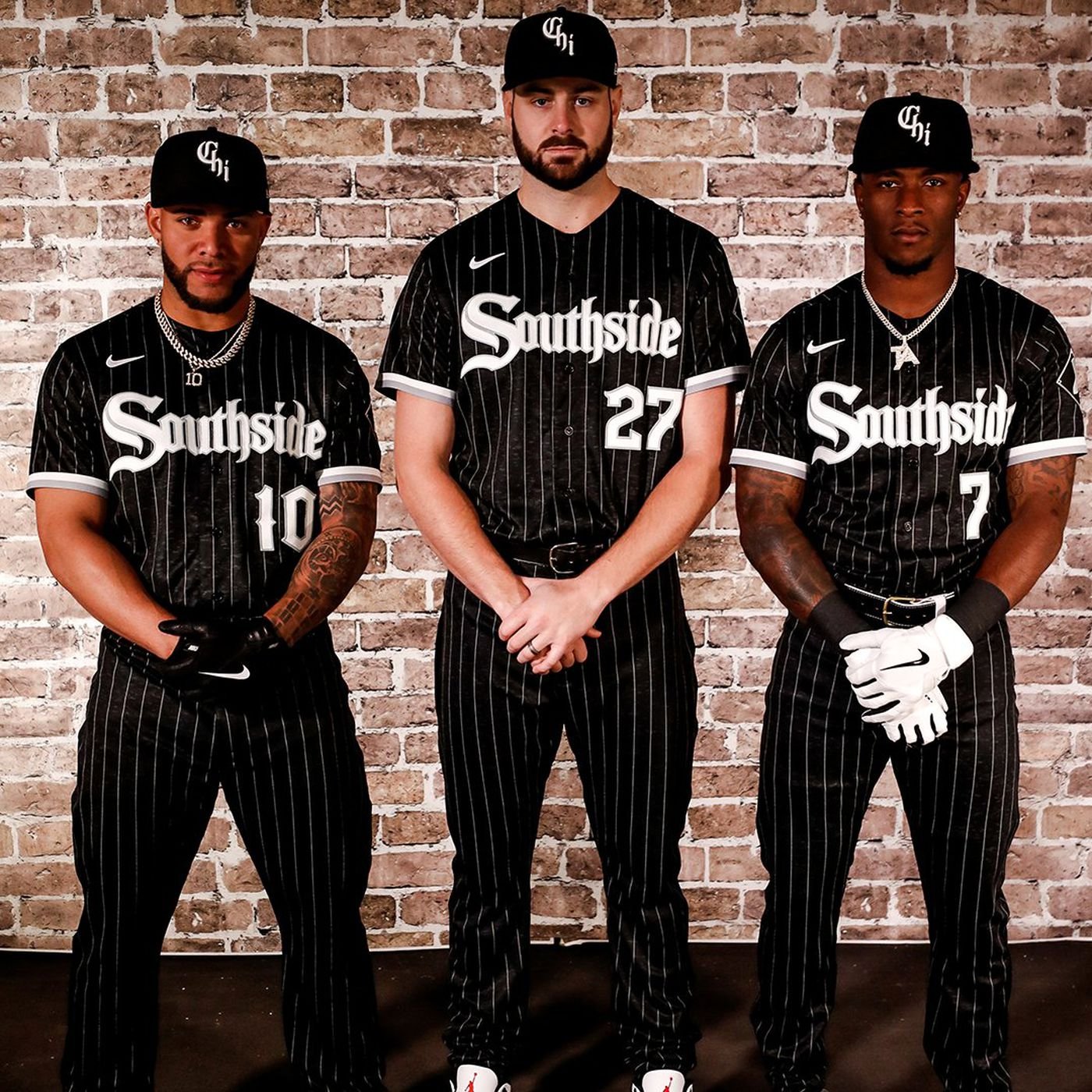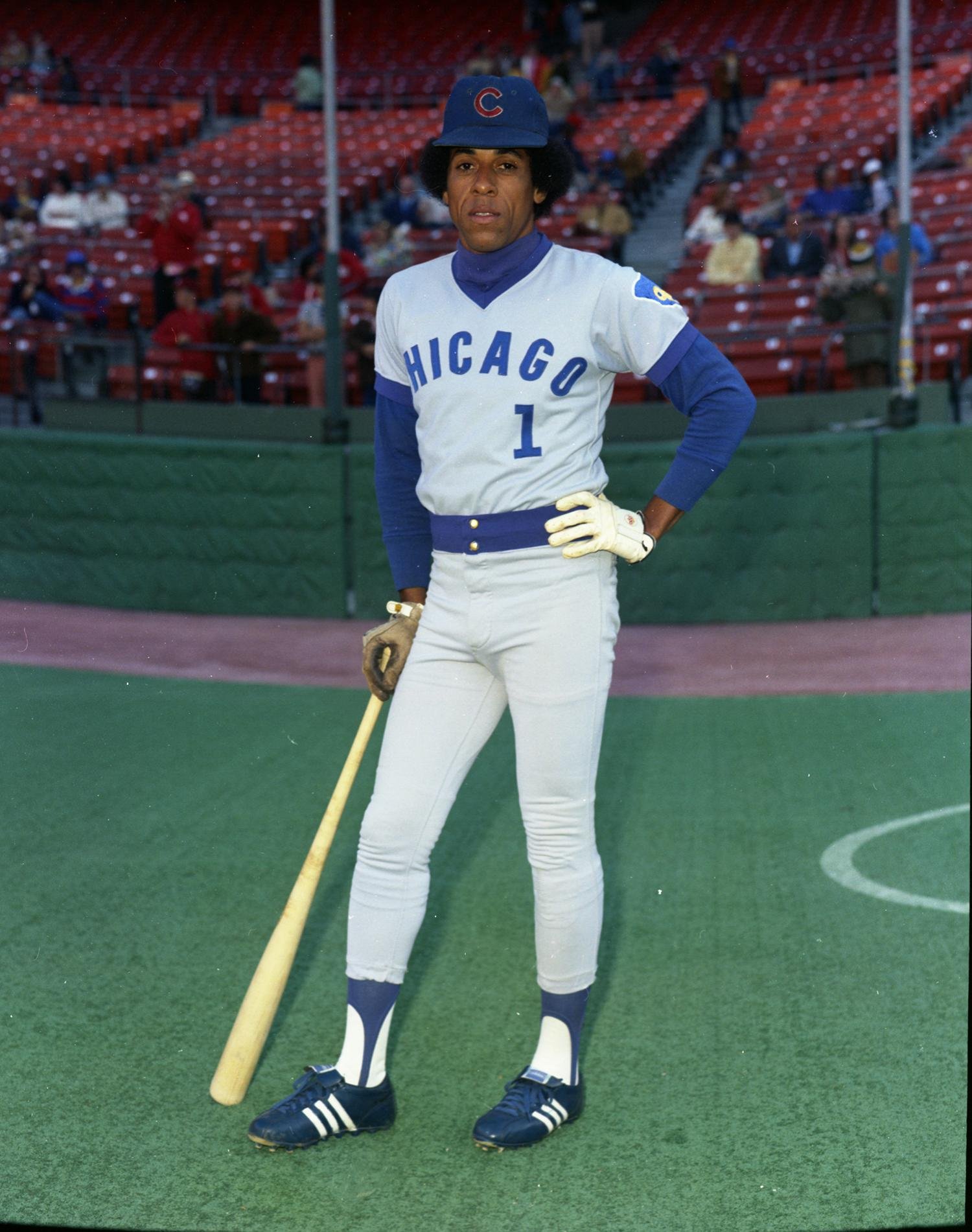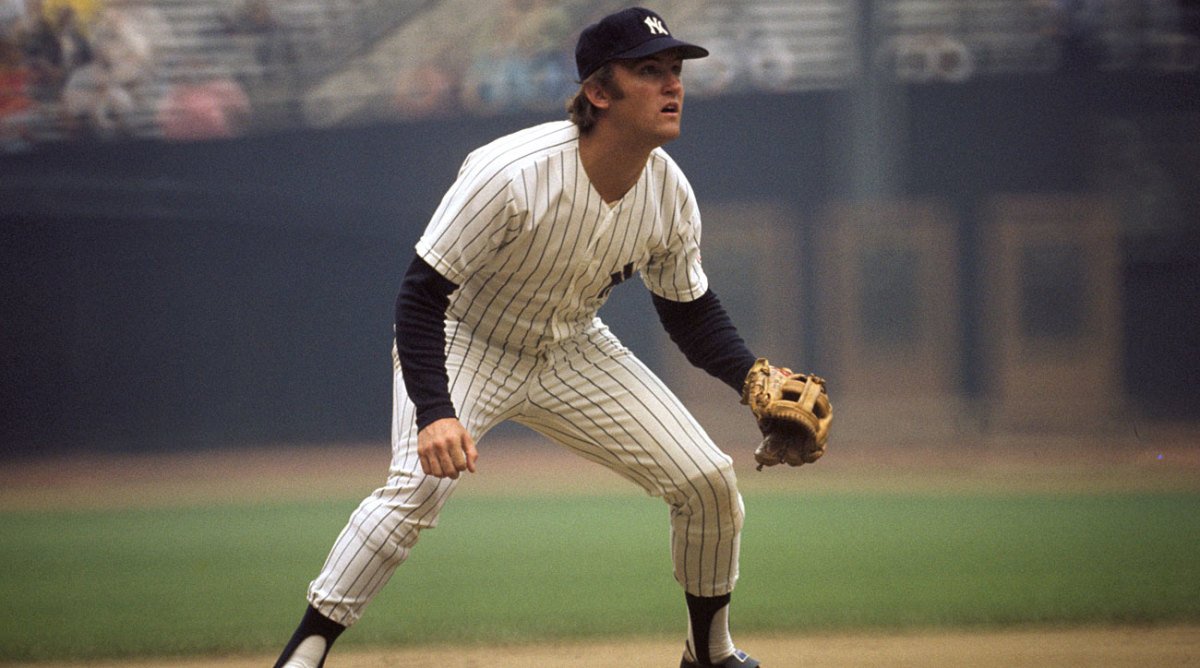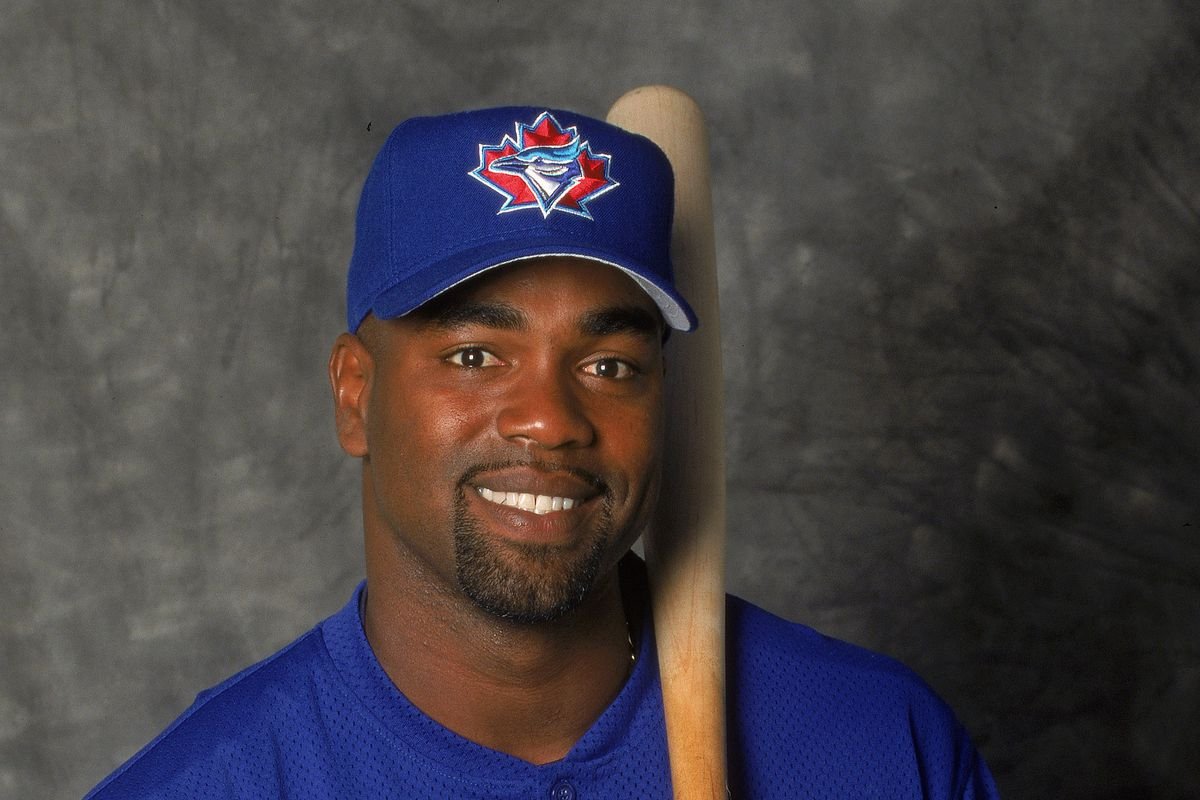Over the history of the game, there have been thousands of different minor league baseball teams each full of players with a dream of someday making it to the Major Leagues. The vast majority of those players, even though they already beat the odds to make it to the pros, will never make it to The Show. After their minor league careers, most go on to work a normal job or go back to school to finish their degree. Some stay near the game and get into coaching, scouting, or even umpiring. And of course, some stay in the entertainment or sports industry and find success, becoming hugely famous. Most of their fans have no idea that they were once pro baseball players. In today’s video, we’ll be looking at 10 former professional baseball players who went on to become huge celebrities, only not as a baseball player. The only players eligible for this list had to play pro baseball before they were famous. So, we’re not talking about Garth Brooks, Billy Crystal or Tom Selleck getting a celebrity Spring Training appearance. Nor an already famous athlete deciding to switch to baseball like Michael Jordan or Tim Tebow. Also, players who became famous playing baseball who went on to have acting careers like Wes Parker and Nick Swisher don’t count. Today’s video is composed of celebrities who were unknown when they played in the minors and then went on to become famous through a different path. I’ll rank them based on how famous they became after their baseball careers.
#10 Scott Patterson – Actor
Most famous for his roles as Luke in Gilmore Girls and Peter Strahm in the Saw Franchise, Scott Patterson was once a pitcher at Rutgers who was drafted in the 1st Round of the 1980 MLB Secondary Draft by the Atlanta Braves. In 1981, he showed incredible talent, going 14-8 with a 3.23 ERA between Single and Double A. At one point, he won 13 consecutive games and had won two Minor League Player of the Month Awards. He was traded to the Yankees to start the 1983 season and pitched well enough to be added to the 40-man roster, but he was never promoted to the big leagues. At one point, the Rangers took him in the Rule 5 Draft but he was sent back to the Yankees before the end of Spring Training. In 1985, he went 12-4 with a 2.36 ERA, but the Yankees never called him up. He retired after 1986 season, having made four minor league All Star Teams. Patterson took up acting and used his baseball talent to help land a role in Little Big League, in which he portrayed pitcher Scott McGrevey. From there, he picked up guest roles in Seinfeld, Will & Grace, 90210, and many other TV Shows in addition to his many movie roles.
#9 Shaq Thompson – Football Player
A former football and baseball High School star is current Carolina Panthers linebacker Shaq Thompson. Thompson attended Grant Union High in Sacramento, California and was named Delta Valley League MVP for his performance on the gridiron. But he also a standout baseball player and was drafted in the 18th Round of the 2012 MLB Draft. He signed to play for the Red Sox organization for a $100,000 bonus and was assigned to the Rookie Ball Gulf Coast League Red Sox, where he found out very quickly that baseball was not the sport for him. Thompson went an incredible 0 for 39 with 37 strikeouts in 13 games, leading to his immediate and permanent retirement from the game. However, it was not the end of his professional sports career as Thompson enrolled at the University of Washington, where he was named a first team All-American and considered one of the best defensive players in College Football. The Panthers selected him in the first round of the 2015 NFL Draft and quickly signed him to a four year, $8.8 million contract with $7.7 million guaranteed. He has been a starter for Carolina ever since, although he’s likely to miss all of 2023 due to to a fractured fibula.
#8 Bert Convy – Game Show Host
Remembered as the host of Game Shows such as Super Password and Win, Lose or Draw, Bert Convy was part of the entertainment industry for 35 years. He was also a respected actor who had guest roles in Perry Mason, Hawaii Five-O and The Mary Tyler Moore Show among many others. Before he hit it big in Hollywood, however, Bert Convy was a stand-out athlete there as a student at North Hollywood High School. At just 17 years, he signed with the Philadelphia Phillies to enter their Minor League System as an outfielder. In 1952 for the Salina Blue Jays in Kansas and the Miami Eagles in Oklahoma, he hit .225 with 3 doubles, 2 triples and 11 RBIs. It wasn’t great, but it sure beats Shaq Thompson’s performance. Still, the Phillies released him and Convy went on to attend the UCLA School of Theater, Film and Television. He began his entertainment career as a singer with 1950’s vocal-band The Cheers before landing several roles in television shows, leading to his appearances on various game shows such as What’s My Line and Match Game. Soon, he became the host of multiple game shows, eventually forming a production company with Bert Reynolds during the 80’s, which helped launch Win, Lose, or Draw, which Convy hosted for the first two seasons. He also stared in several movies and even directed one – the 1986 comedy Weekend Warriors.
#7 Mario Cuomo – Politician
Mario Cuomo on the far left
Remembered as the long-time governor of New York City and front-runner for the Democratic nomination for president in 1988 and 1992, Mario Cuomo, in a prior life, was also an excellent baseball player at both St. John’s Preparatory School and St. John’s University in New York. The former outfielder was so good, in fact, that the Pittsburgh Pirates offered him a $2,000 bonus in 1952 to play for their organization. He bonus helped him to purchase an engagement ring for his wife. Through his first 81 games with the Brunswick Pirates, Cuomo showed serious potential, hitting .244 with an outstanding on-base percentage of .383. He had driven in 26 runs with a professional home run on his resume when a pitch struck him on the head. These were the days before helmets and Cuomo was seriously injured, spending 6 days in the hospital. He decided to retire from the game, returning to St. John’s for his degree. He then attended Law School and became a full-time lawyer before being named New York Secretary of State in 1974 by the governor-elect Hugh Carey. Cuomo became the 52nd Governor of New York in 1983 and held the office through 1994. Cuomo remained a baseball fan throughout his entire life.
#6 Chuck Connors - Actor
Chuck Connors
Coming in at #6 is an actor who has stared in well over 50 films throughout a long and successful acting career – Chuck Connors, who not only played in the minors before his acting career took off, but he is the only person on this list to have actually made it to the big leagues. And to take it a step further, he also made it to the NBA. The man who lived not one, not two but three wild and unlikely dreams, was born in Brookyln in 1921 and grew up a huge Brooklyn Dodgers fan. He ended up as a star baseball and basketball player in High School and accepted a scholarship to play both at Seton Hall University in New Jersey. The Brooklyn Dodgers offered him a contract after two years and Connors couldn’t resist the opportunity. Unfortunately, he played in only 11 games in the minors in 1940 before being released. After missing the 1941 season, he signed with the Yankees for the 1942 season and hit .264 with 5 home runs, showing serious promise until his career was interrupted by World War II. Following the War, Connors tried to enter pro basketball – and succeeded, joining the Rochester Royals, now known as the Sacramento Kings. He was part of their one and only championship run in 1946, before joining the newly formed Boston Celtics. He also resumed his baseball career and found himself back with the Dodgers organization and this time, he played well year after year, making it to Triple-A in 1949. He hit .319 with 20 home runs and 108 RBIs, earning a call-up to the Show, where he was allowed just one at bat. He continued to rake in the minors but did not earn another opportunity in the bigs until 1951, when he hit .239 with 2 homers for the Chicago Cubs. Connors retired after the 1952 season and pursued a career in acting. He was quickly signed by MGM to star as a police captain in a film called Pat and Mike. From there, his career took off quickly and Connors has stared in several classics including Old Yeller, The Big Country, Move Over Darling, and Airplane II. He perhaps most famously played the lead role of Lucas McCain for 5 seasons on the hit show The Rifleman.
#5 Charley Pride – Country Music Star
With 52 Top-10 Hits on the Billboard Hot Country Chart and a Grammy for “Best Country Vocal Performance”, Charley Pride is without a doubt one of the most famous celebrities to have played minor league ball. Before he was inducted into the Country Music Hall of Fame in 2000, Pride had a dream of becoming a Major League baseball player. In 1953, he signed a contract with the New York Yankees as a pitcher and entered into their minor league system to play for the Boise Yankees in the Class C Pioneer League. Unfortunately, an injury caused him to lose some zip on his fastball and he ended up getting demoted to the Yankees Class D team in Fond Du Lac, Wisconsin. After being released from the Yankees organization, Pride went on to play in the Negro Leagues with the Louisville Clippers, but was traded, along with another teammate, to the Birmingham Black Barons in exchange for the Black Barons Team Bus. That’s right, Pride was traded for a bus. In 1956, he was drafted into the U.S. Army, but continued his baseball career after his service time, entering into the Reds organization in 1960, where had a 3.86 ERA in 3 appearances for the Missoula Timberjacks. Even during his baseball career, Pride was known as a great singer and recorded a few songs here and there. But when he made the full-time switch to music, his career took off and with the recommendation of Chet Atkins, Pride signed with RCA Records, releasing his first single “The Snakes Crawl At Night” in 1966. His third single, “Just Between You & Me,” reached #9 on the Hot Country Songs Chart and from there, the rest is history.
#4 Russell Wilson – Football Player
Another multi-sport athlete, Russell Wilson was an all-region, all-district and all-state football player at Collegiate School in Richmond, Virginia. He went on to play at North Carolina State, where he became the starting quarterback, showing immense talent. He also hit .306 for the baseball team with 9 steals and 3 homers. His talent for baseball was solid but his professional future seemed to be with football. Still, the Rockies drafted him in 4th Round of the 2010 Draft. They believed his athletic ability and work-ethic could get him to the big leagues and Wilson agreed. He hit .230 with 2 homers in 30 games for the Tri-City Dust Devils. But he wasn’t giving up his football career – Wilson wanted to play both at a high level. He continued to play football at NC State, and led the ACC in passing yards per game and total offensive yards per game in 2010. In early 2011, much to the disappointment of his football coaches, he announced he would be attending Spring Training to continue his professional baseball career. In 61 games, he hit just .228 with 3 homers although he showed a strong knowledge of the strike zone, working 35 walks. Wilson decided to retire from baseball and transferred to Wisconsin, where he led the Badgers to a Big Ten Championship before being drafted into the NFL by the Seattle Seahawks. He became a star NFL quarterback, leading his team to a Superbowl Championship and making 9 Pro Bowls and counting. He was traded to the Denver Broncos in 2022 and after the season signed a five-year, $245 million extension.
#3 John Elway – Football Player
One of the most famous names in professional football – the Hall of Famer and Broncos legend John Elway – began his pro sports career as a baseball player. He was initially drafted out of High School by the Kansas City Royals in the 18th Round, but decided to attend Stanford, where he played both football and baseball. He was a fantastic quarterback for The Cardinal, but the team never made a Bowl Game during his time there, although they appeared to have clinched one in 1982 when Elway drove his team down the field with seconds on the clock, setting up his kicker for what appeared to be the winning field goal. Unfortunately, there was still 4 seconds left and Cal somehow, with no time left, were able to miraculously avoid tackles while lateraling and pitching the ball all over as they scored the winning touchdown in one of the most controversial and insane plays in college football history. Elway was then selected in the 2nd Round of 1981 MLB Draft, ahead of future Hall of Famer Tony Gwynn. He signed for $150,000 to enter into the minors and played in 42 games for the Low A Oneonta Yankees. Elway showed amazing promise, hitting .318 with 4 homers and 25 RBIs, striking out just 25 times in 185 plate appearances. Yankees scout Gary Hughes said that if he had stuck with baseball, “the sky was the limit.. he would’ve been off the charts.” Then, in 1983, he was drafted by the Baltimore Colts in the 1st Round of the NFL Draft. Elway made clear he did not want to play in Baltimore and demanded a trade or he would continue his baseball career full-time. The Colts eventually obliged, trading him to Denver, where Elway would play his entire 16-year NFL Career, winning two Superbowls and an NFL MVP in 1987.
#2 The Macho-Man Randy Savage – Pro Wrestler
Randy Poffo - AKA “Macho Man” Randy Savage
Even casual wrestling fans have heard of the great Macho-Man Randy Savage and his trademark flying elbow. Little do most wresting fans know, however, Randy Savage was once Randy Poffo, an 18-year old baseball player who signed with the St. Louis Cardinals as a catcher out of High School in 1971. Poffo was converted to an outfielder and hit well in rookie ball, with a .286 average and .420 on-base-percentage. In 1973 with the Class A Orangeburg Cardinals, he hit .250 with a couple homers but knew how to work walks and limit strikeouts. He would’ve likely been a more serious prospect in the analytical age. As it was, he ended up in the Reds organization for his final season, 1974, when he hit just .232 over 131 games with Tampa. He did hit 9 home runs with 66 RBIs and a .304 on-base percentage, showing true talent for the game of baseball, although not enough to make him believe he could reach the big leagues. Randy Poffo had already started his wrestling career during the offseason of 1973 and now, he could focus on it full-time under the character, “The Spider,” similar to Spider-Man. Later, he used his real name but was told that the name “Poffo” didn’t fit some one like himself who wrestled like a savage. So, he changed it to Randy Savage and after becoming popular in some smaller leagues, Vince McMahon signed him to wrestle in the WWF in 1985. The fans loved him even when he was supposed to be a heel – AKA a bad guy – and with Miss Elizabeth as his manager and significant other, Randy Savage became one of the most famous and popular wrestlers of all time.
#1 Kurt Russell – Actor
Coming in at #1 on today’s list is the world-famous actor Kurt Russell, who was born in Springfield, Massachusetts in 1951. His family relocated to Southern California when he was a child, which gave him some early opportunities in Hollywood. He appeared in several Disney movies during the late 60’s and early 70’s such as The Computer Wore Tennis Shoes, Charley and the Angels and Superdad. But, he was also a fantastic baseball player both in Little League and High School. His father, Bing, had also played pro baseball in the late 40’s and Kurt Russell, signed by the California Angels out of High School, would get the opportunity to do the same. The switch-hitting second baseman hit .285 in Low-A for the Bend Rainbows in 1971. The in ‘72 he hit .325 for the Walla Walla Islanders. He went on a tear in 6 games at the Double-A level in 1972, going 9 for 16 with a home run. It looked like he might be on a track to the big leagues when he tore his rotator cuff during a double-play attempt when the incoming runner slid in hard and late. He tried to come back, but could no longer throw properly and his baseball career was over. Now, as an adult, he returned to acting and as it turned out, he was a star-in-the-making. He was nominated for an Emmy for his performance in the TV film Elvis and started to snag major roles in various films. He provided the voice as the adult Copper in The Fox and the Hound and stared in too many movies to list, but some include Big Trouble In Little China, The Thing, Backdraft, Tombstone, Captain Ron and Overboard. He also landed the lead role as “Snake” in Escape From New York and the sequel Escape From L.A. and has been a huge Hollywood star for 6 decades and counting.


